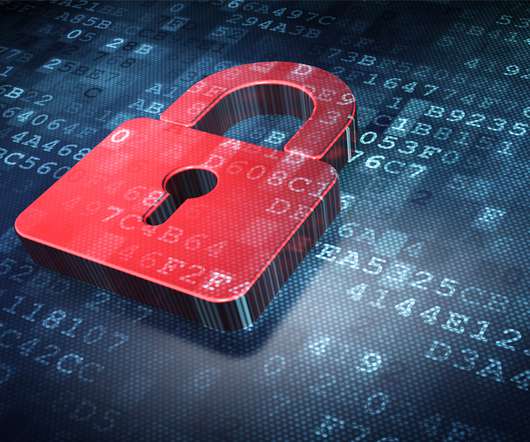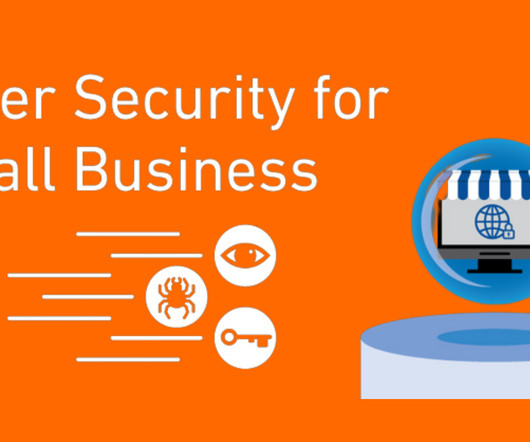5 Things Your Small Business Cybersecurity Plan Must Cover
CyberSecurity Insiders
NOVEMBER 1, 2021
Small businesses have far less sophisticated and encrypted communications, making it possible to easily compromise their systems. . Protect your wireless system with full backups. Verify how your cloud systems are performing on a daily basis to make sure you’re protecting the most recent backup.












Let's personalize your content